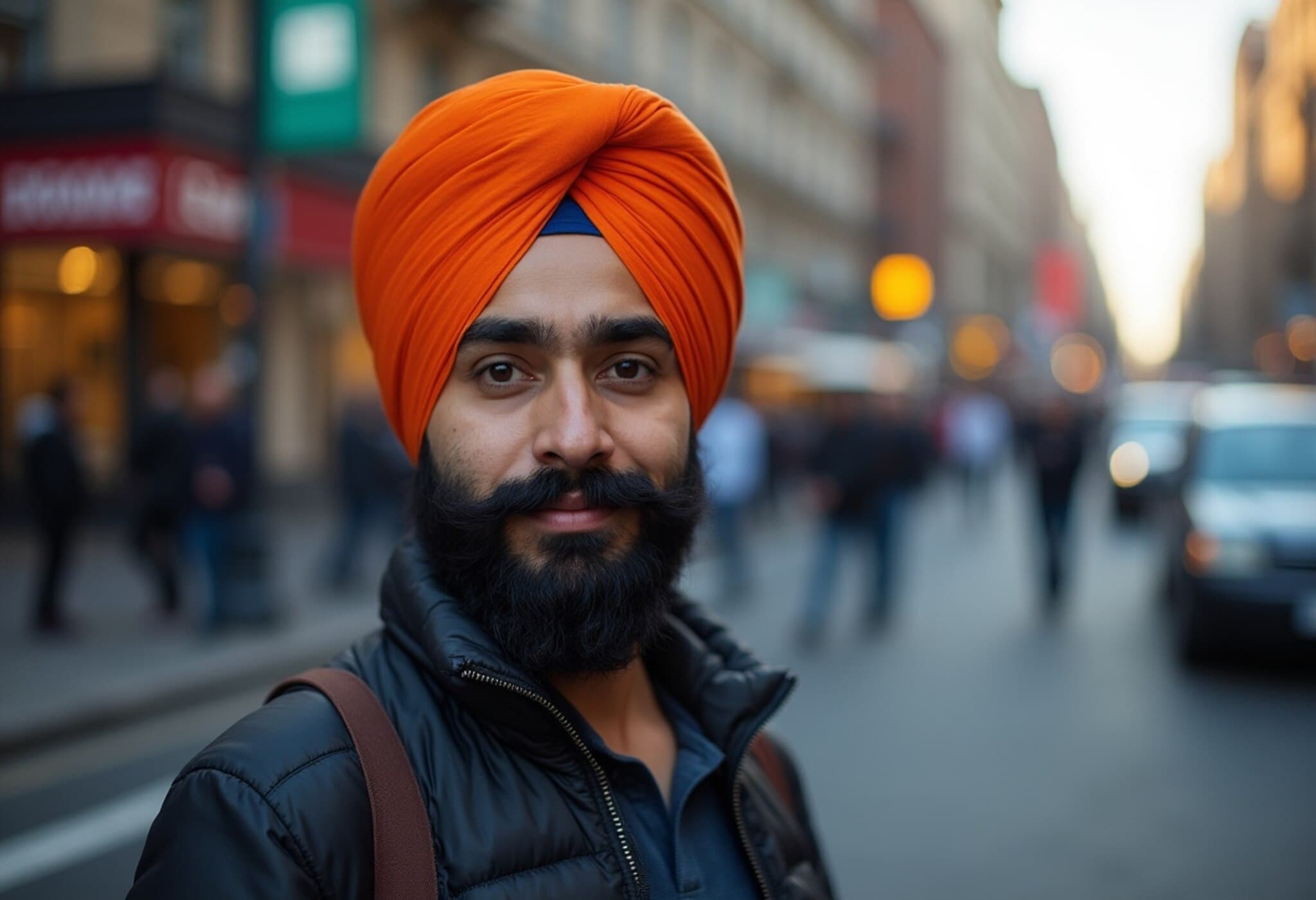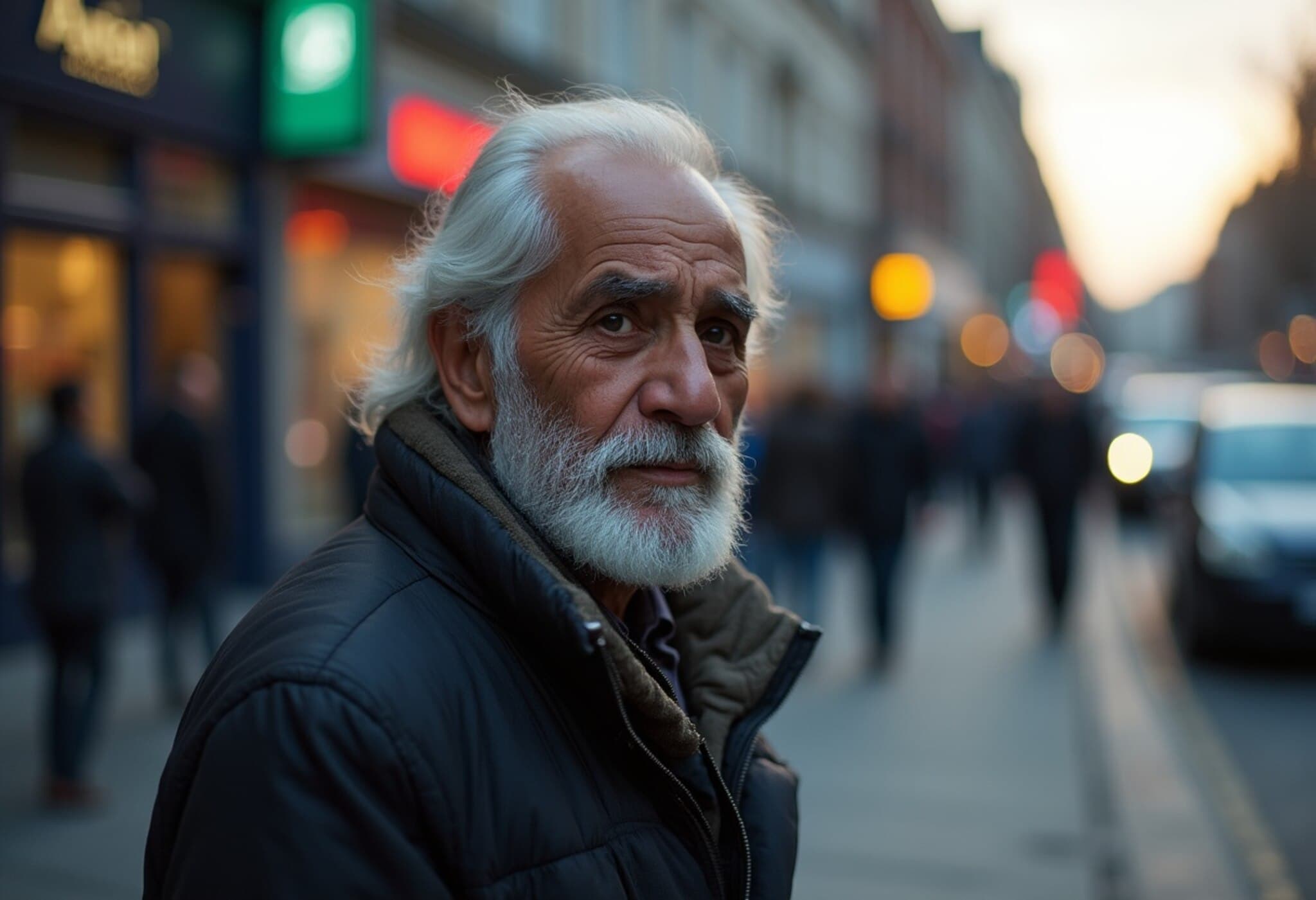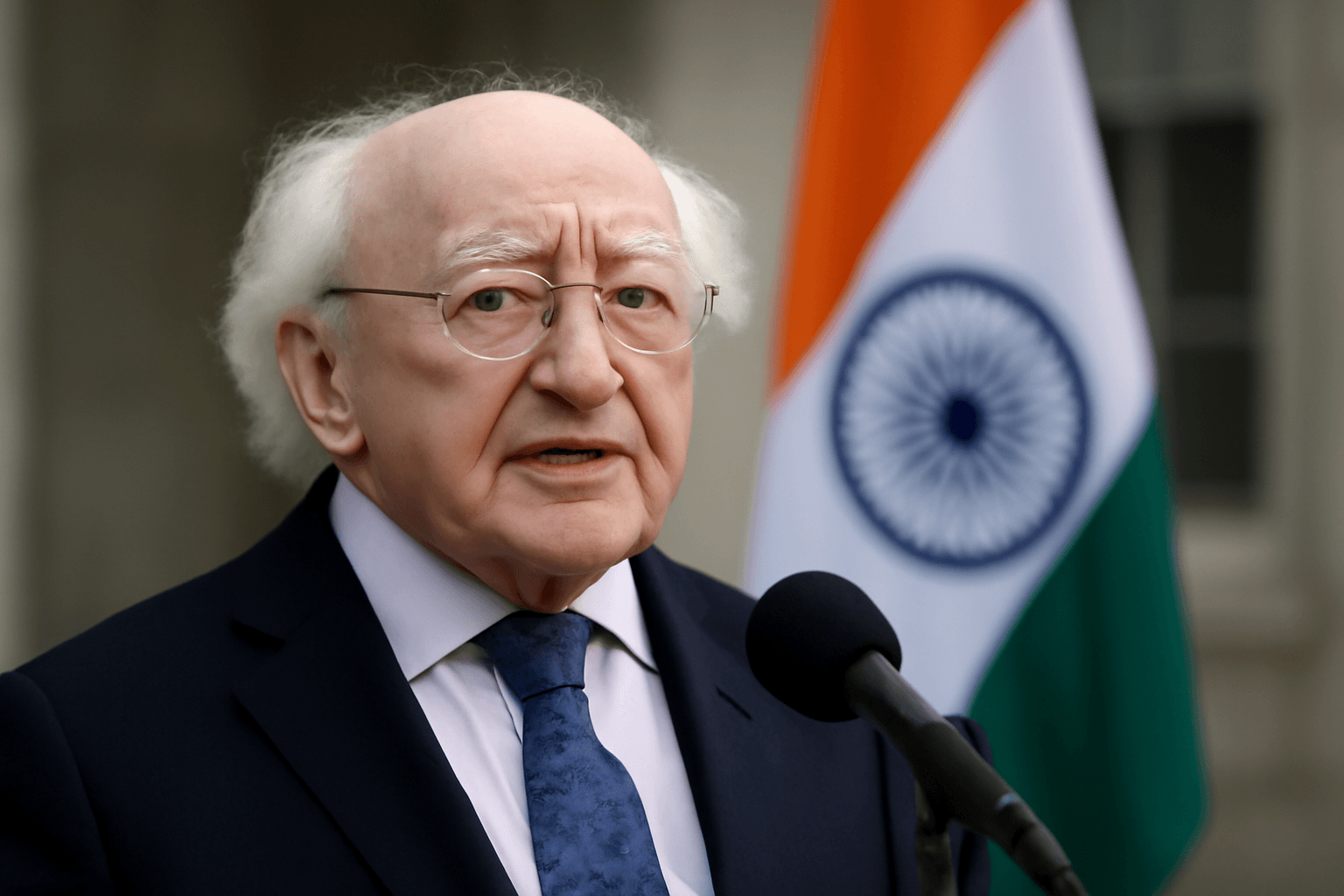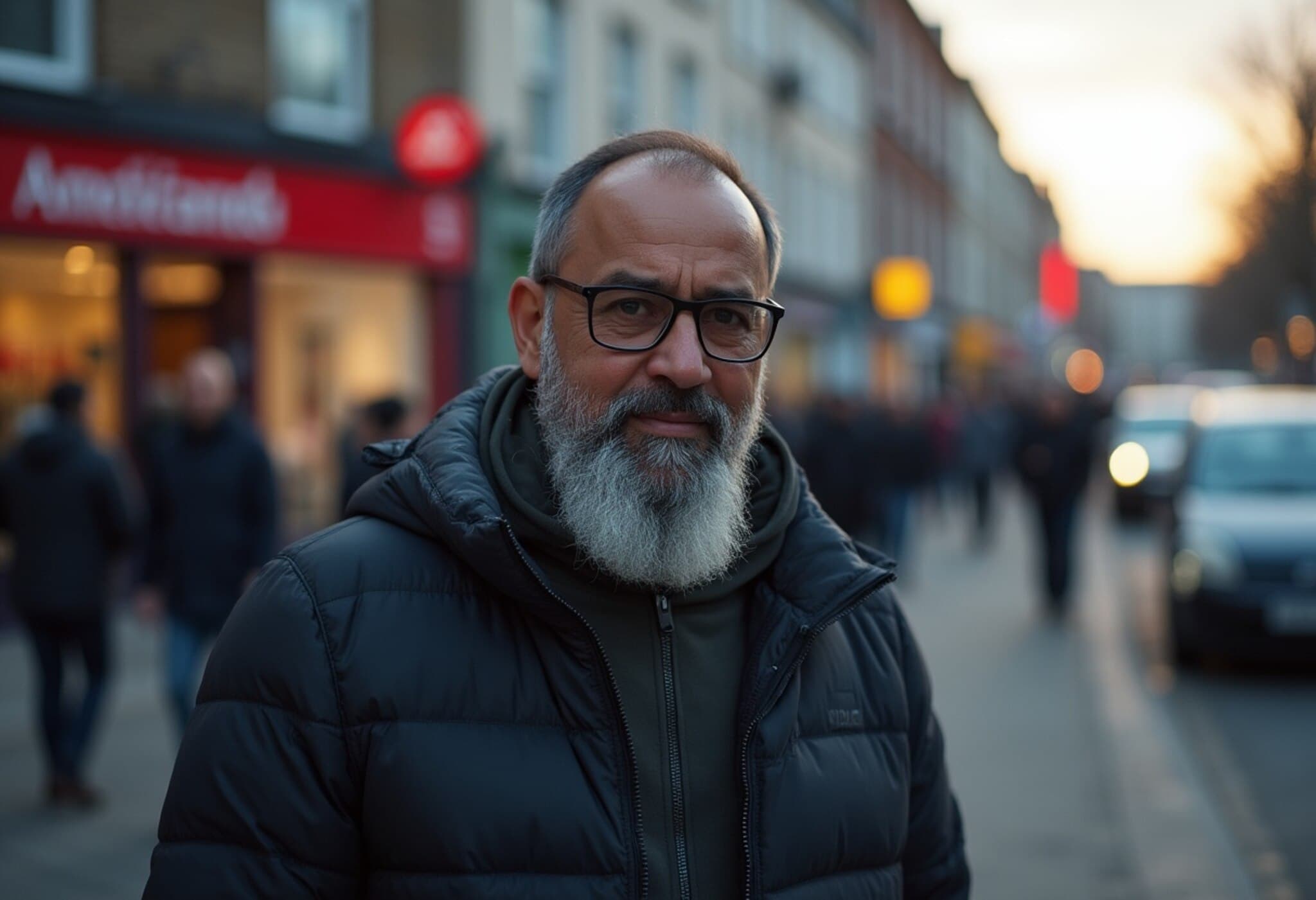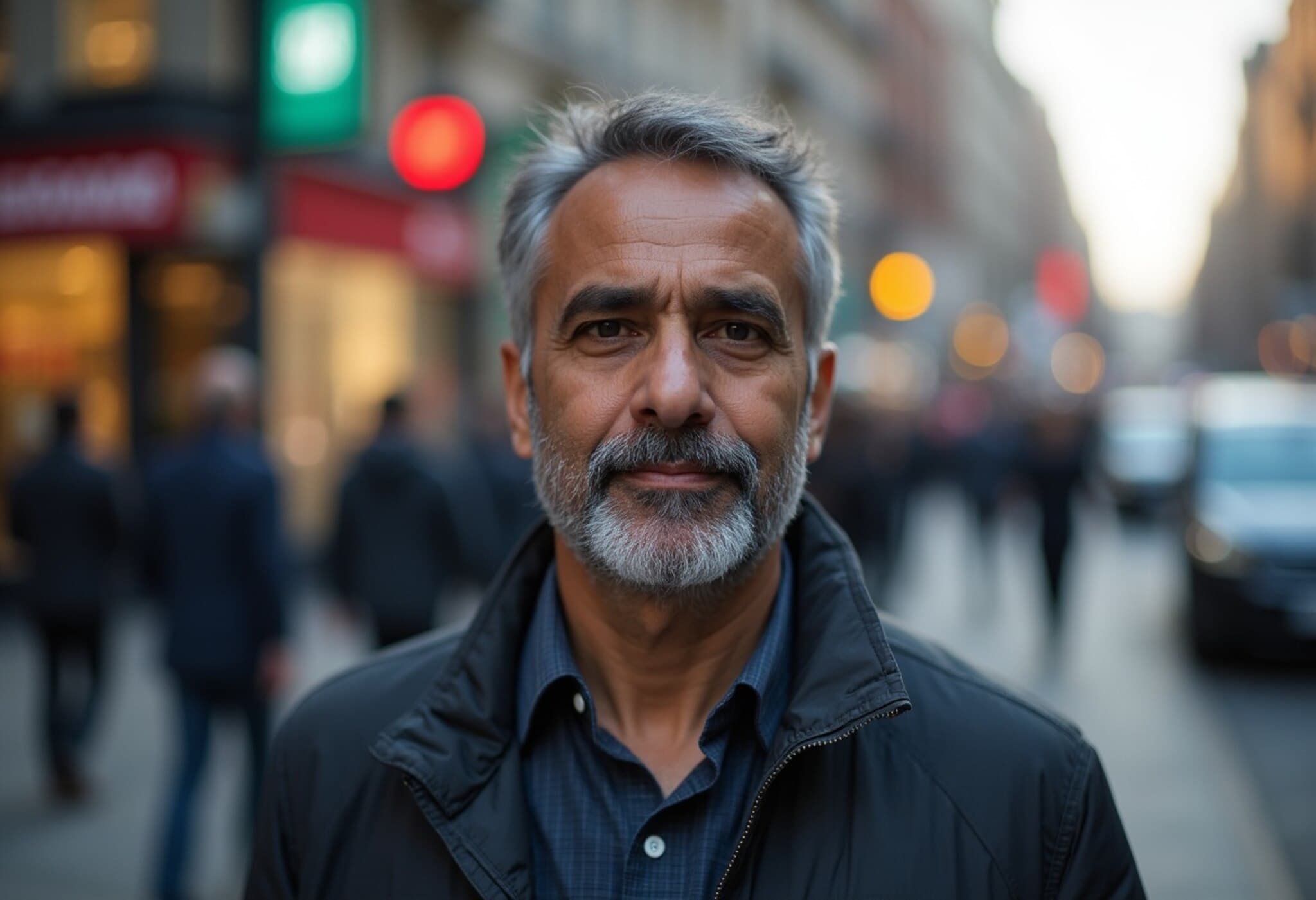Indian Student Severely Injured in Adelaide Amid Racist Attack
In a deeply troubling incident that has shaken the Indian community both in Australia and abroad, a 23-year-old Indian international student, Charanpreet Singh, was violently assaulted in the heart of Adelaide. The attack, which occurred on the night of July 19 near the bustling Kintore Avenue, is under active investigation as a possible hate crime fueled by racial animus.
Attack Details: A Brutal Encounter Near Adelaide's Cultural Hub
Charanpreet and his wife had paused to enjoy the popular Illuminate light installations, a local attraction drawing many visitors, when a group of five men confronted them. Eyewitness accounts and CCTV footage reveal that this group aggressively demanded Singh move his parked car. Tensions quickly escalated as the assailants hurled racial slurs, including the chilling phrase, “F*** off, Indian.” What followed was a vicious physical assault: Singh was punched through the car window, forcibly dragged outside, and repeatedly beaten. Reports indicate the attackers used metal knuckles and their fists to inflict severe harm.
From his hospital bed at Royal Adelaide Hospital, Singh recounted, "I tried to fight back, but they beat me until I was unconscious." Medical evaluations confirmed extensive injuries — including brain trauma, multiple facial fractures, a broken nose, and critical eye damage — necessitating immediate surgery and an overnight hospital stay.
Police Response and Ongoing Investigation
South Australia Police arrived promptly following reports at approximately 9:20 p.m. on July 19. A 20-year-old man from Enfield was arrested in connection to the assault and charged with assault causing harm but was released on bail pending further proceedings. Investigators continue searching for the other four suspects involved.
Authorities have secured crucial CCTV evidence from the vicinity, which is known for its extensive surveillance due to proximity to the University of Adelaide and cultural landmarks. Social media has also amplified community outrage after clips of the attack circulated online.
Community Impact and Broader Implications
Singh’s emotional testimony underscores the profound psychological trauma such incidents inflict. "Things like this make you feel like going back… You can change your body, but you can’t change the colour of your skin," he said, capturing the raw pain and frustration that many international students face when confronted with racial hostility abroad.
South Australian Premier Peter Malinauskas issued a strong statement condemning the assault as “deeply disturbing”, emphasizing that such acts are antithetical to the values of the community. "Any evidence of a racial attack is completely unwelcome in our state. It’s not who we are, and not where the majority of our community stands," he declared, pledging full support to law enforcement and the victim.
The attack raises critical questions about the broader safety net for international students in Australia, a nation that hosts over 700,000 such students annually, many of whom sometimes feel vulnerable in foreign environments. Immigration and education experts stress the need for comprehensive anti-racism policies, increased community outreach, and culturally sensitive support services on campus and in urban centers.
Looking Ahead: Calls for Action
- Stronger Enforcement: Community leaders demand more rigorous police action and quicker judicial processes to deter racially motivated violence.
- Policy Enhancements: Universities and local governments are urged to collaborate on safety protocols and inclusion initiatives.
- Support Systems: Mental health and legal aid tailored specifically for international students need reinforcement.
As international education remains a vital pillar of Australia’s economy and cultural diversity, incidents like this one spotlight the urgent need for social harmony and safety assurances.
Editor's Note
This deeply disturbing assault is more than an isolated crime; it shines a light on the persistent challenges faced by international students navigating cultural divides and racial prejudices overseas. It begs the question: how can Australian society reconcile its multicultural ideals with the reality of racially charged violence? The answers lie not only in law enforcement but also in community education, empathy-building, and systemic reforms designed to protect and empower vulnerable populations. As this investigation unfolds, both governments and society must reflect on their roles in fostering truly inclusive environments.

